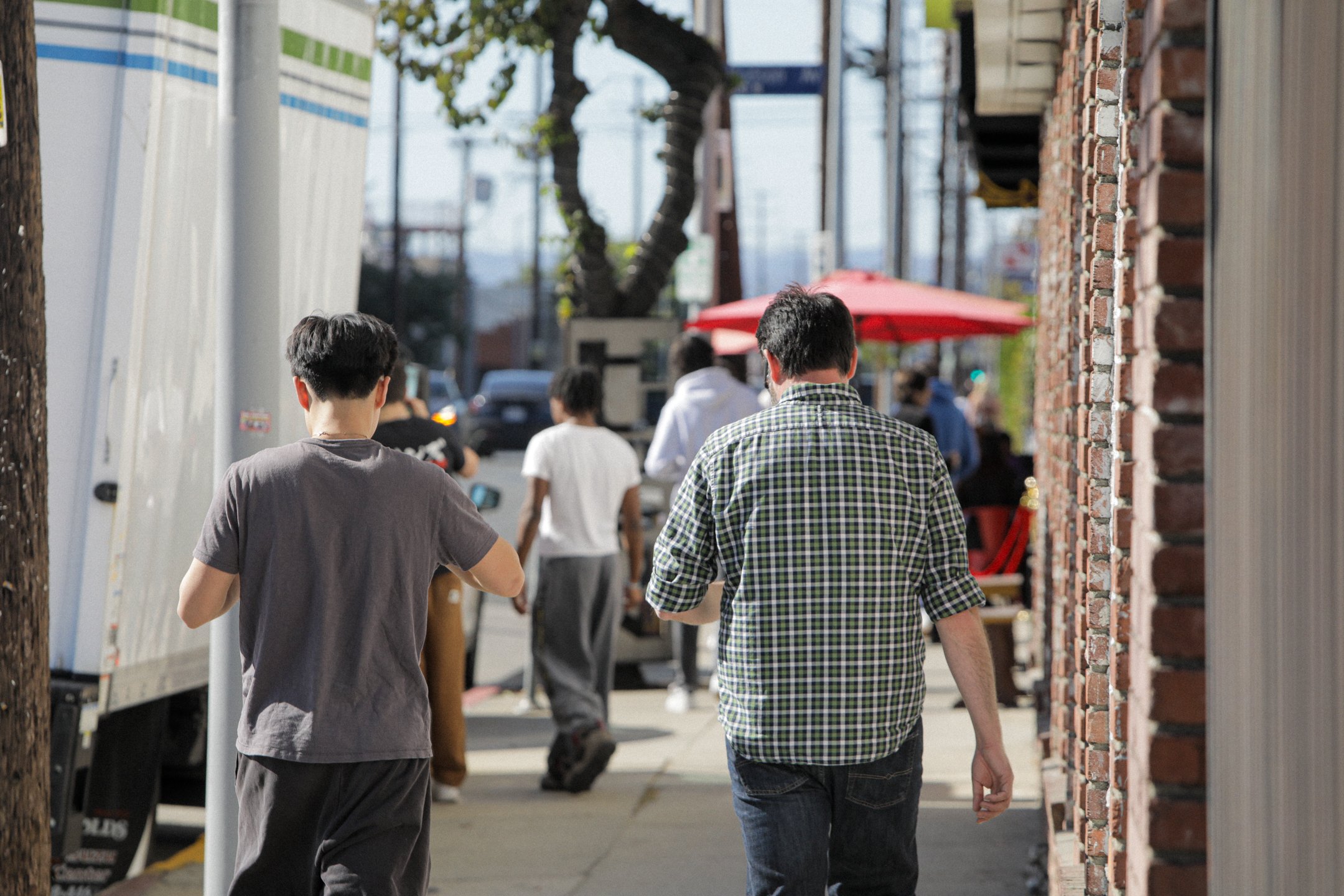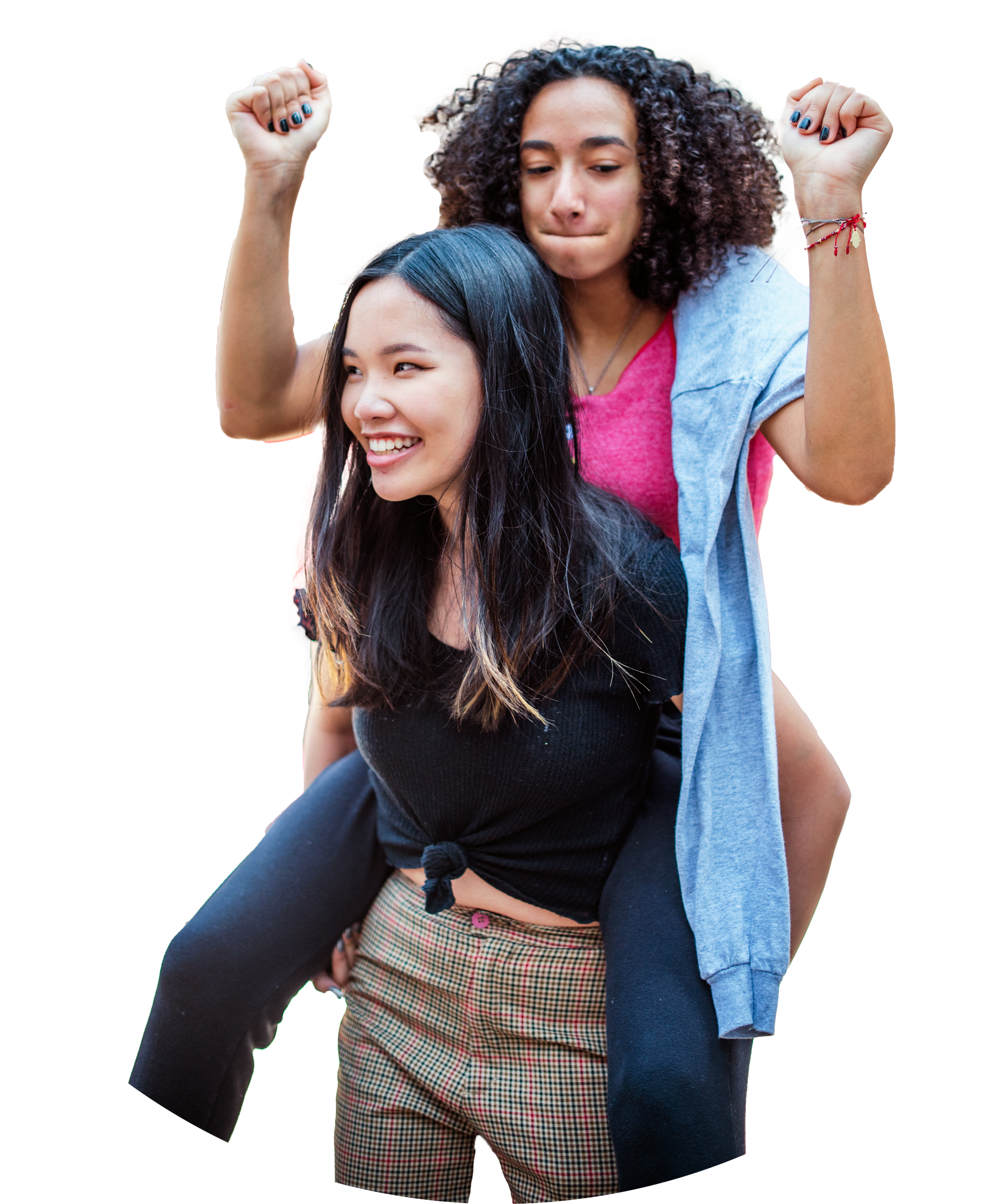
What Is the True Cost of a Stratified Education System?
The DNA of SLA
Inequality in America has reached historic levels, and according to recent wide-ranging studies by the UCLA Civil Rights Project, racial and economic segregation in Los Angeles schools is now starker than it has been in over half a century.
At most private schools in Los Angeles, 80–90% of students come from families that are among the top 5% in terms of wealth and income in the city. Public and charter schools are often under-resourced, stymied by geographic segregation and rising real estate prices, and many co-curricular programs have become de facto privatized.
All of this boils down to one simple fact: there are very few institutions that allow a truly diverse group of young people to be in community with one another and to connect in a meaningful way with their city and its history. In this environment, finding a school that aligns with your values can feel impossible.
-
The price of an independent education has been on the rise, and it presents a barrier to entry that is insurmountable for the vast majority of families. This often produces a difficult learning environment for the small number of middle- and working-class students who receive tuition assistance, but it’s also harmful to the intellectual and ethical formation of all students enrolled. Study after study shows that students in diverse learning environments have greater cultural competencies, are more empathetic, more creative, less willing to accept the norm, and are better prepared for higher education and life beyond.
But this is about far more than college prep. Breaking down the barriers in our society goes hand in hand with breaking down the barriers in our education system. Ages eleven through eighteen are profoundly formative years in a young person’s life. These are the years when a student comes to understand herself as a citizen, a member of society, a political and ethical being. What happens when young people from different backgrounds spend these formative years largely isolated from one another? What is the true cost of a stratified education system?
At the School of Los Angeles, we have posed a new question: What happens when committed students from all walks of life spend every day in the classroom or out in the city together—growing, learning, and forming lifelong bonds? What happens when they are given the tools to understand their own histories, the history of the city, and the possibilities of social transformation?

